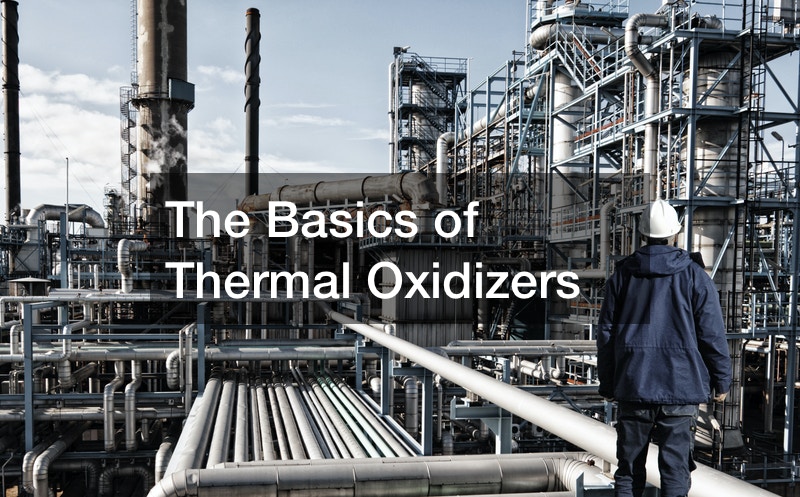The Basics of Thermal Oxidizers

The modern industrial landscape creates a lot of pollution and there need to be measures in place to mitigate the worst of it. Volatile organic compounds (VOCs) are a type of pollutant that need to be treated with a thermal oxidizer before being released into the earth’s atmosphere. This video explains what a thermal oxidizer is and how it reduces industrial pollution.
The thermal oxidizer is essentially a burner in a box. The VOCs are burned in the thermal oxidizer which breaks down the harmful contents into carbon dioxide and water. The oxidizer is capable of handling large concentrations of VOCs at varying flow rates, making it simple for businesses to implement them.

The chamber is heated to about 1500 degrees Fahrenheit. The VOCs travel through ducts inside the industrial plant and are blown by fans into the oxidizer. The oxidized material that gets converted into carbon dioxide and water is then sent out of a stack and into the air. More than 99 percent of VOCs are eliminated.
A heat exchanger can be installed to retain the heat being used to vaporize VOCs. Otherwise, the heat is lost through the stack and the oxidizer loses thermal efficiency. For more information, check out the video above.







